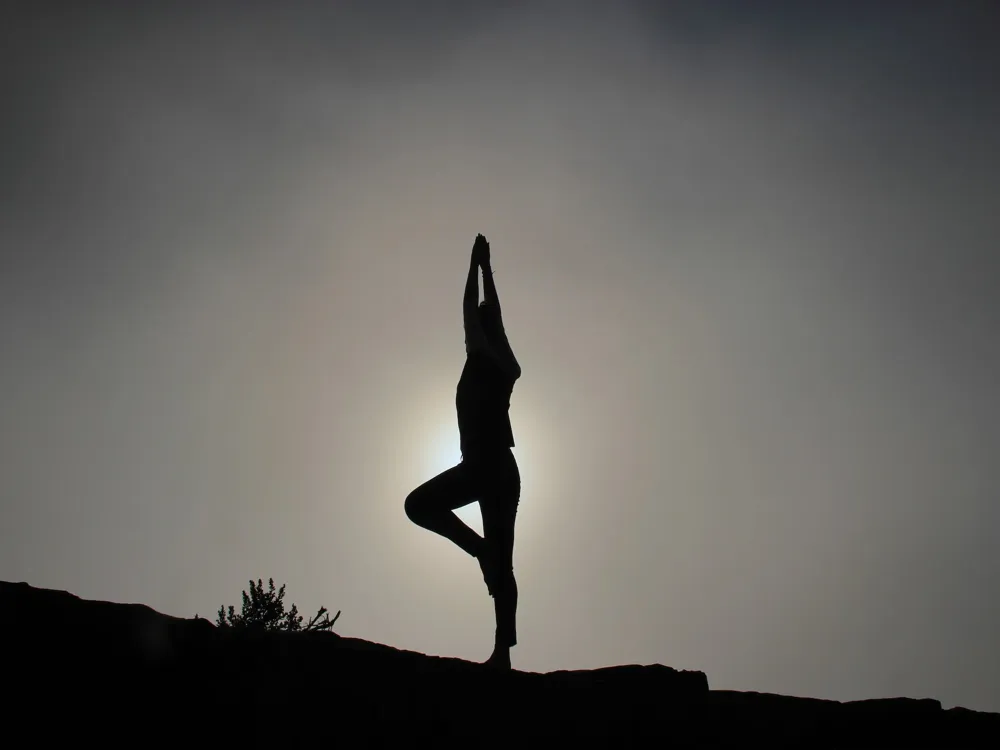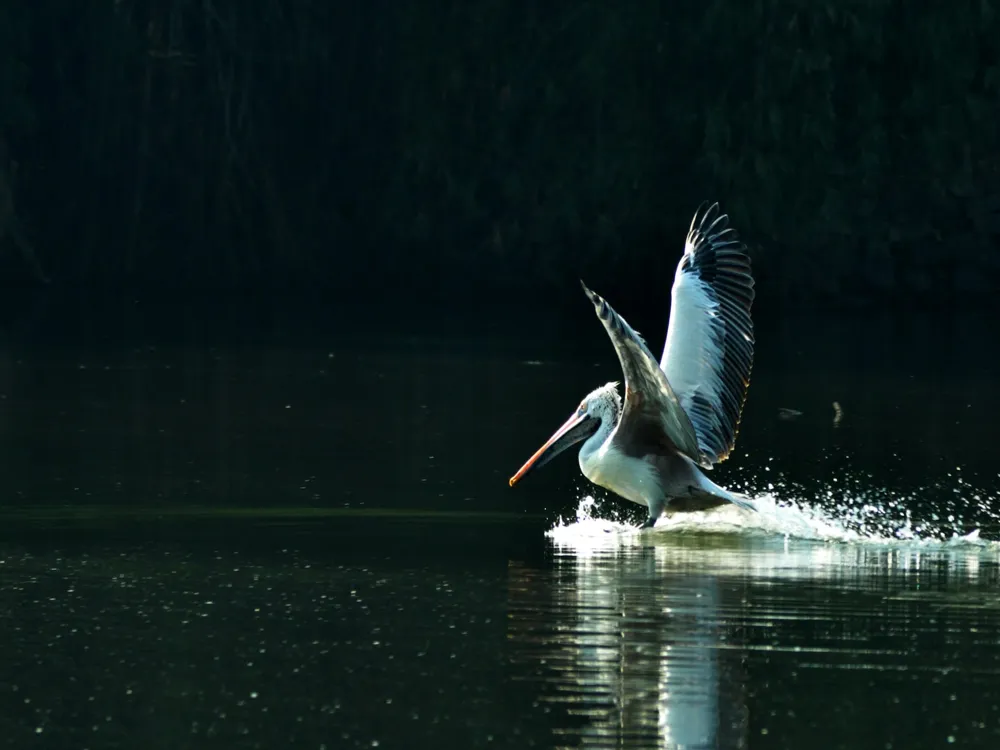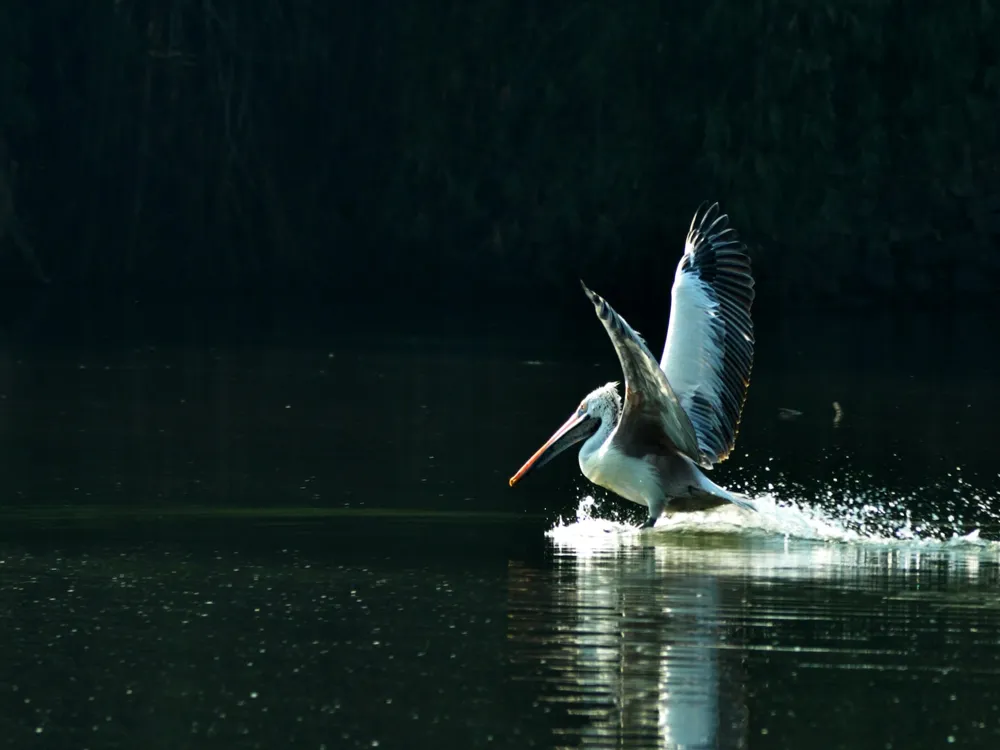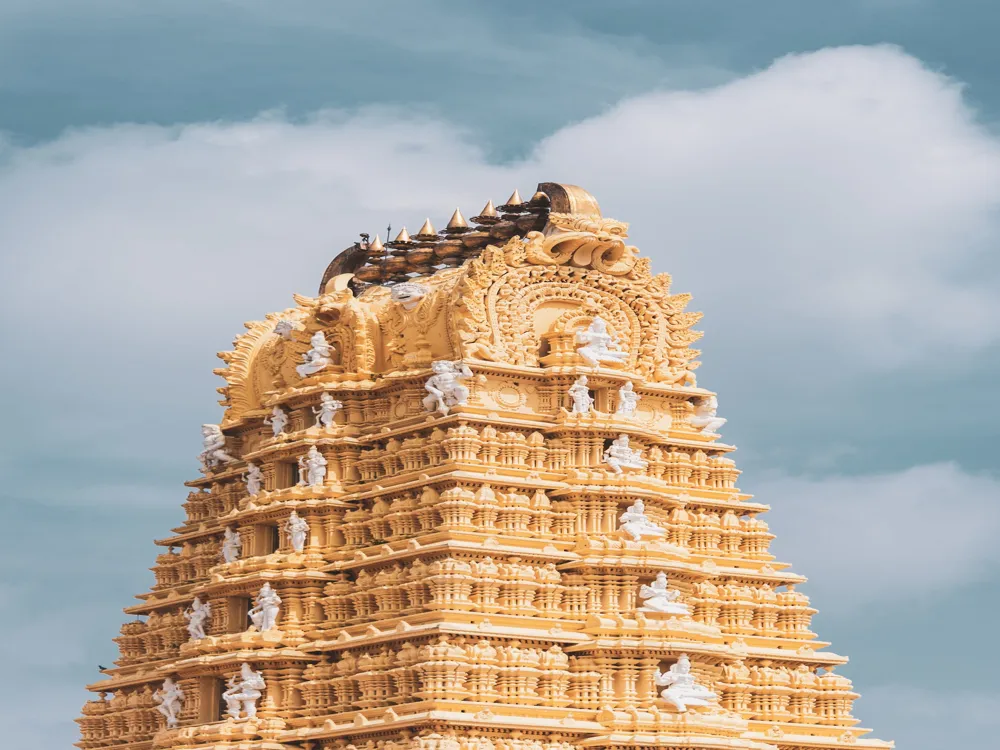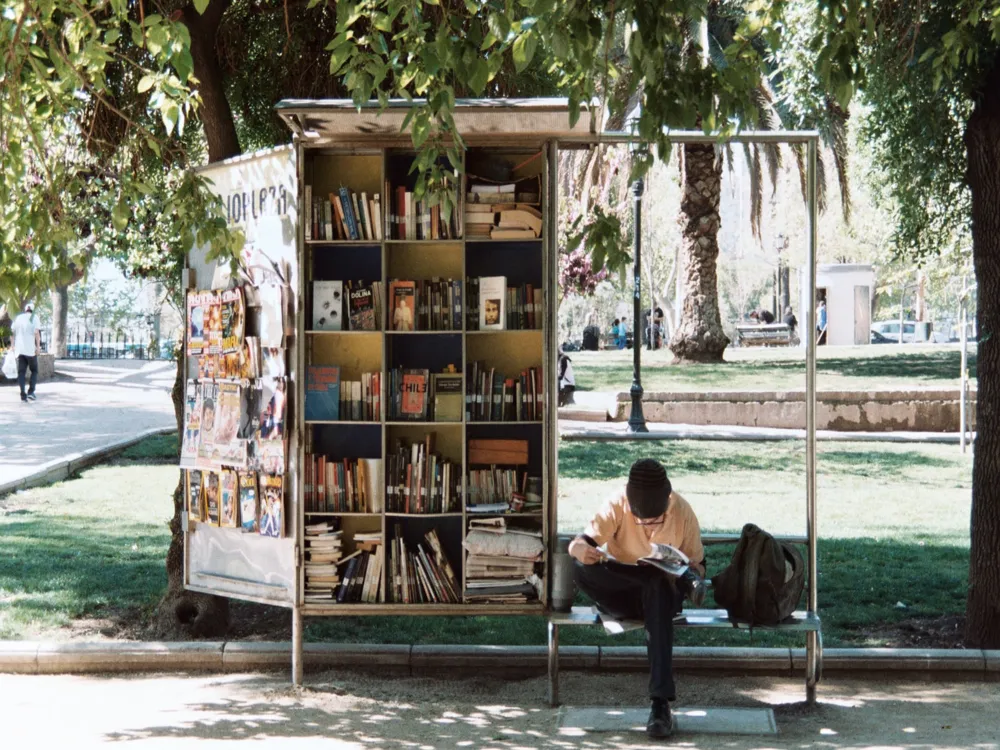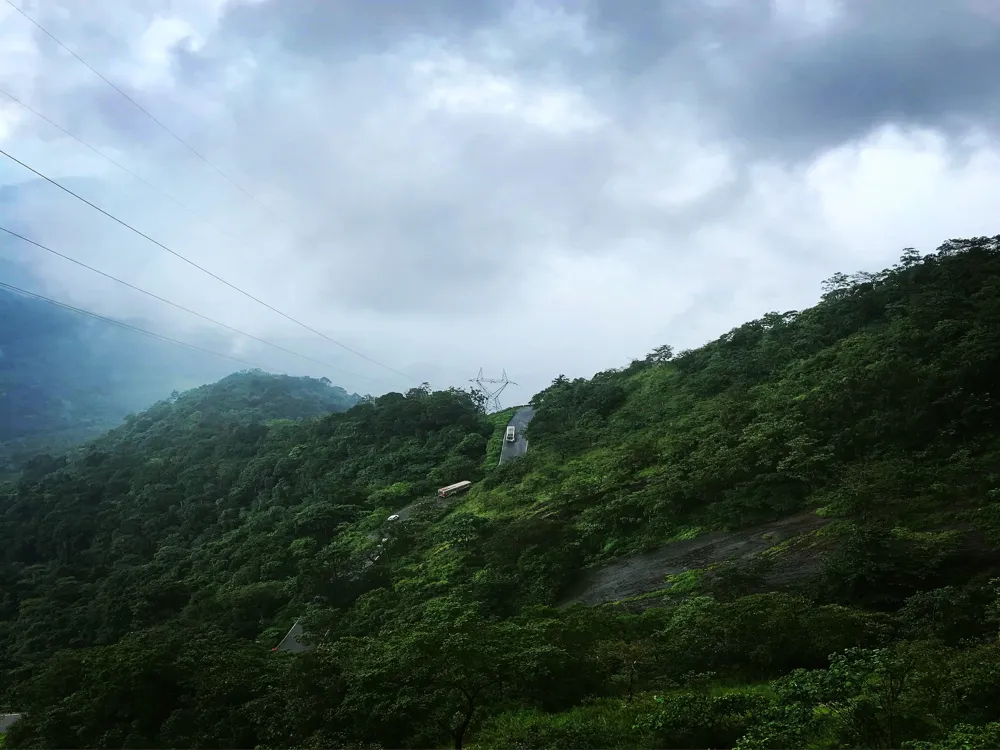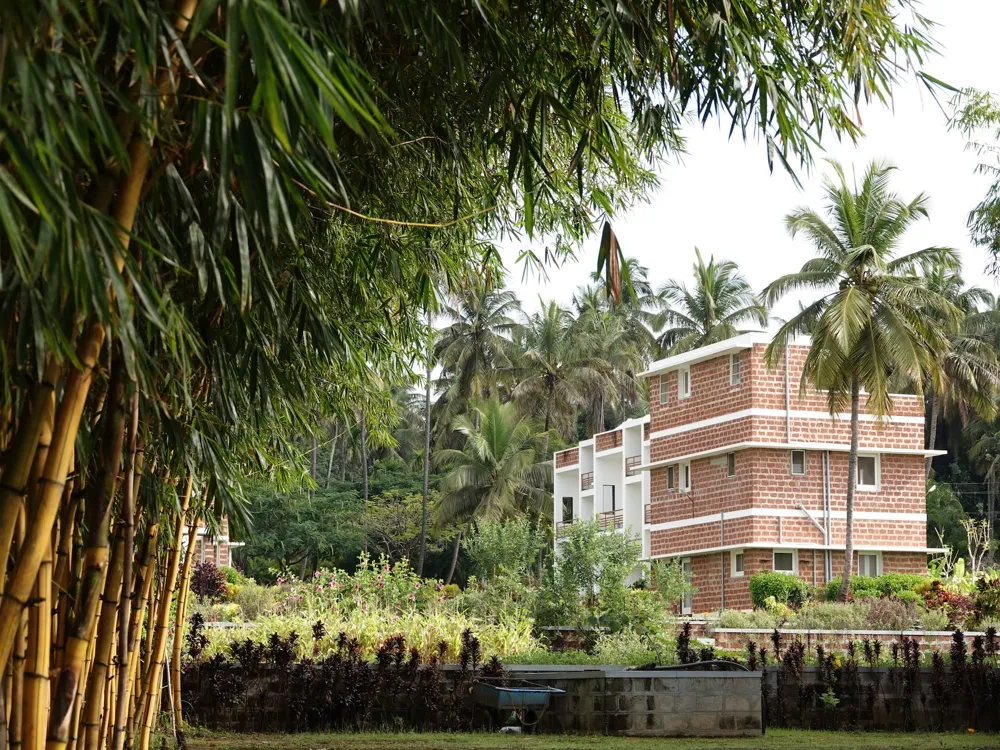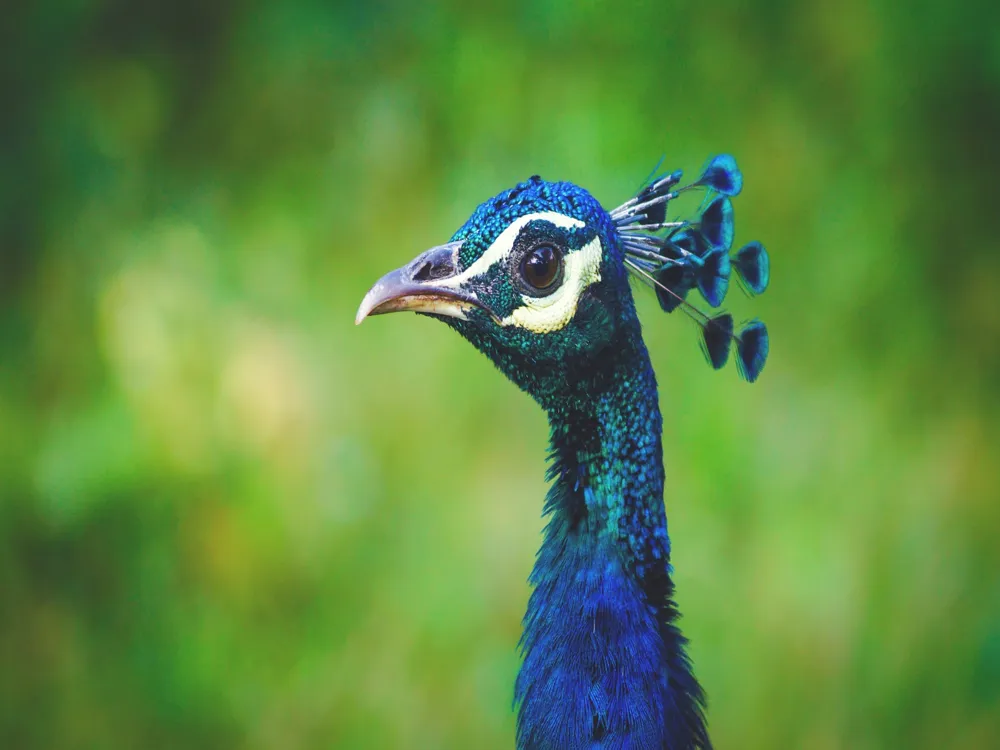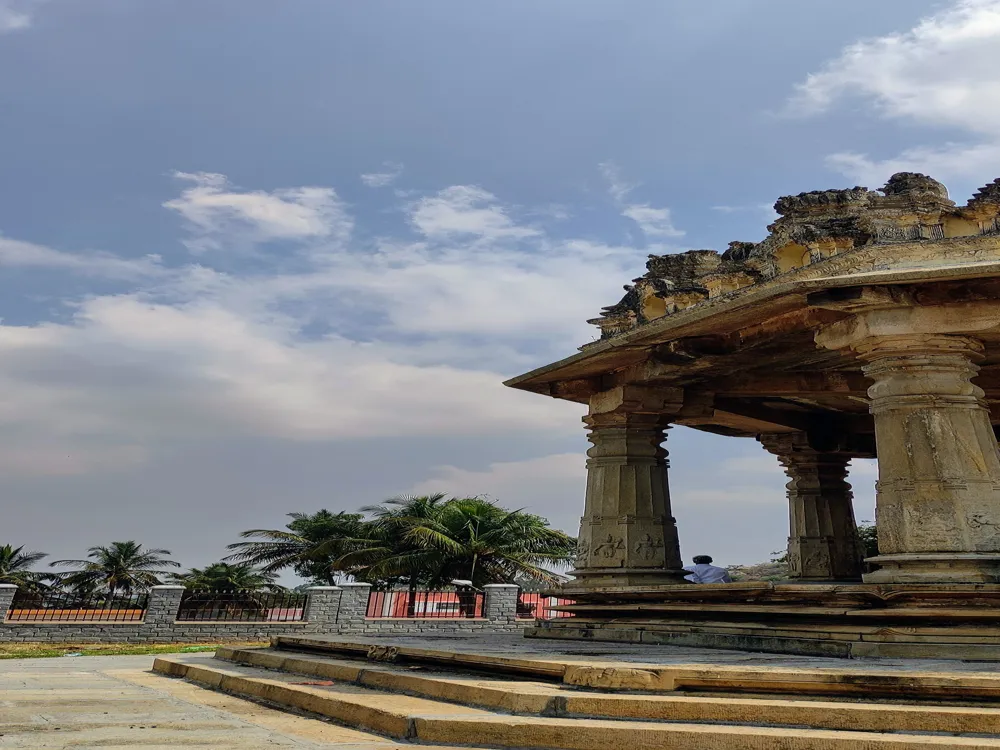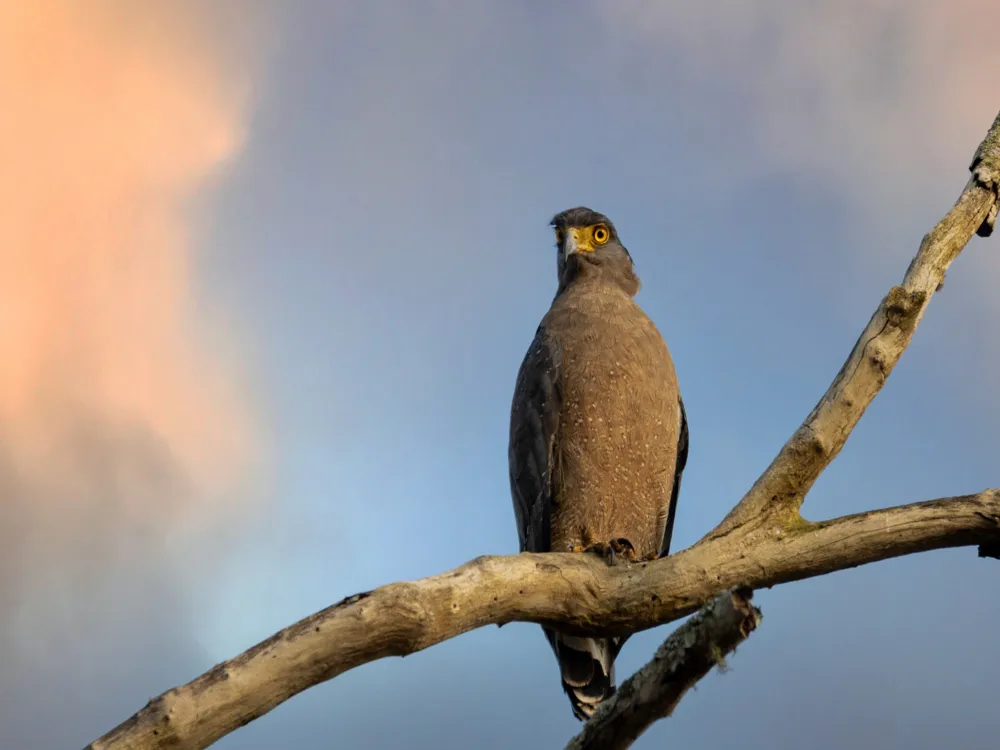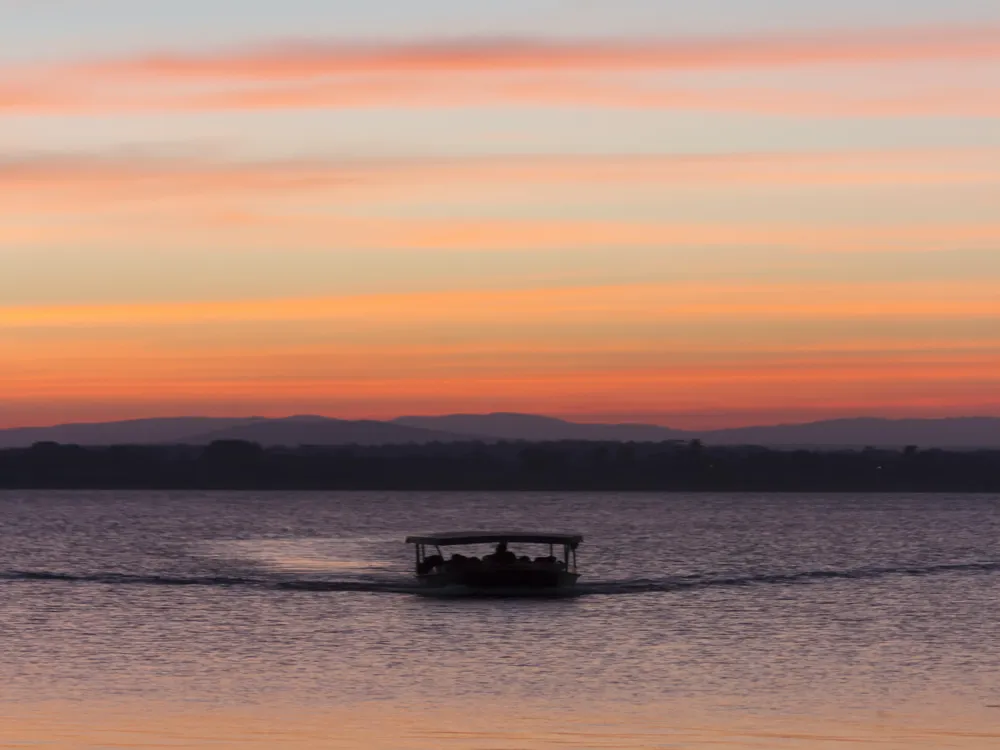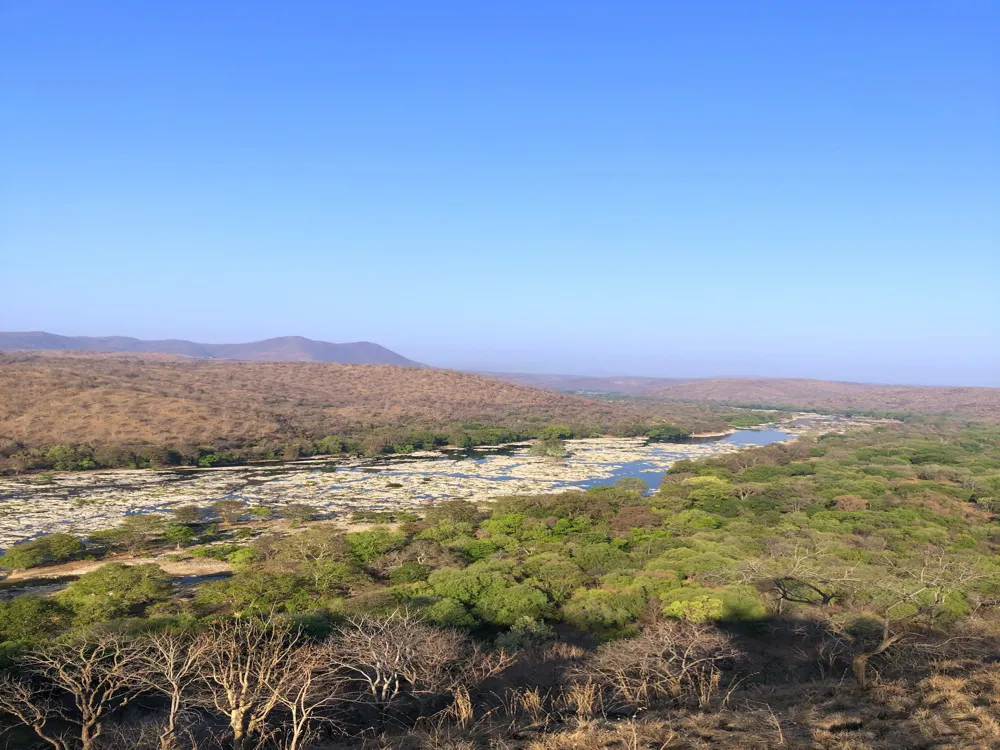Nestled in the serene countryside of Karnataka, Mysore the Somanathapura Temple stands as a resplendent testament to the architectural prowess of the Hoysala Empire. Constructed in 1268 CE under the auspices of Somanatha, a high-ranking officer under Hoysala King Narasimha III, this temple is an exemplar of the intricate and elaborate style characteristic of Hoysala architecture. Dedicated to the deity Lord Kesava, the temple, though no longer in active worship, continues to draw admirers and scholars alike, captivated by its historical significance and architectural grandeur. The temple's location in Somanathapura, a small village on the banks of the River Cauvery, adds to its quaint charm. Despite its modest size, the village plays host to this magnificent structure, which stands as a testament to the artistic and cultural achievements of the bygone era. The temple's design reflects a deep understanding of complex geometry and symmetry, intertwined with extraordinary attention to detail, making it a true masterpiece of Hoysala craftsmanship. The Somanathapura Temple is a stunning exemplar of Hoysala architecture, known for its intricate carvings and detailed sculptures. The temple, built on a raised platform, showcases a tribute vimana design (three sanctums), each dedicated to a different form of Lord Vishnu: Kesava, Janardhana, and Venugopala. The exteriors of the temple are adorned with a plethora of ornate carvings, depicting scenes from Hindu epics, deities, and an array of flora and fauna, reflecting the artisans' profound grasp of natural and divine elements. What sets this temple apart is its extensive use of soapstone, a material that allowed artisans to achieve a high level of detail in their carvings. The walls of the temple are replete with sculptural bands, each narrating different stories and showcasing various gods and goddesses. The ceilings are equally remarkable, featuring elaborate designs and patterns, each unique to the chamber it adorns. As a mark of respect for the temple's cultural and historical significance, visitors are advised to dress conservatively. Modest attire, covering shoulders and knees, is recommended. Photography is allowed on the temple premises, but it's advisable to check for any specific restrictions or fees. Be mindful not to disturb other visitors while capturing the beauty of the temple. Opting for a guided tour can enhance your experience, providing insights into the temple's rich history, architecture, and mythology. Visitors should ensure that they do not cause any damage to the temple structures and sculptures. Refrain from touching the carvings as they are delicate and of great historical value. Somanathapura Temple, located about 35 kilometers from Mysore city, is easily accessible by road. Visitors can hire taxis or take local buses from Mysore to reach the temple. The nearest major railway station is in Mysore, well-connected to major cities in India. For international travelers, the nearest airport is in Bengaluru, from where one can take a train or a cab to Mysore, followed by local transport to Somanathapura. Read More:Overview of Somanathapura Temple, Mysore, Karnataka
Architecture of Somanathapura Temple
Tips When Visiting Somanathapura Temple
Dress Appropriately
Photography Rules
Guided Tours
Preservation of the Site
How To Reach Somanathapura Temple
Somanathapura Temple
Mysore
Karnataka
NaN onwards
View mysore Packages
Weather :
Label : Must Visit
Tags : Landmark
Timings : 9:00 AM - 5:30 PM
Time Required : 1-2 hrs
Entry Fee : Indians: INR 20 (Cashless Payment), INR 25 (Cash Payment),
Foreign Nationals: INR 250 (Cashless Payment) INR 300 (Cash Payment)
Children (Up to 12 years): No entry fee
Videography: INR 25
Planning a Trip? Ask Your Question
Also Refered As:
Chennakesava Temple
Mysore Travel Packages
View All Packages For Mysore
Top Hotel Collections for Mysore

Private Pool

Luxury Hotels

5-Star Hotels

Pet Friendly
Top Hotels Near Mysore
Other Top Ranking Places In Mysore
View All Places To Visit In mysore
View mysore Packages
Weather :
Label : Must Visit
Tags : Landmark
Timings : 9:00 AM - 5:30 PM
Time Required : 1-2 hrs
Entry Fee : Indians: INR 20 (Cashless Payment), INR 25 (Cash Payment),
Foreign Nationals: INR 250 (Cashless Payment) INR 300 (Cash Payment)
Children (Up to 12 years): No entry fee
Videography: INR 25
Planning a Trip? Ask Your Question
Also Refered As:
Chennakesava Temple
Mysore Travel Packages
View All Packages For Mysore
Top Hotel Collections for Mysore

Private Pool

Luxury Hotels

5-Star Hotels

Pet Friendly







